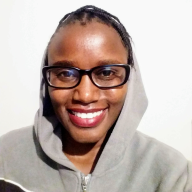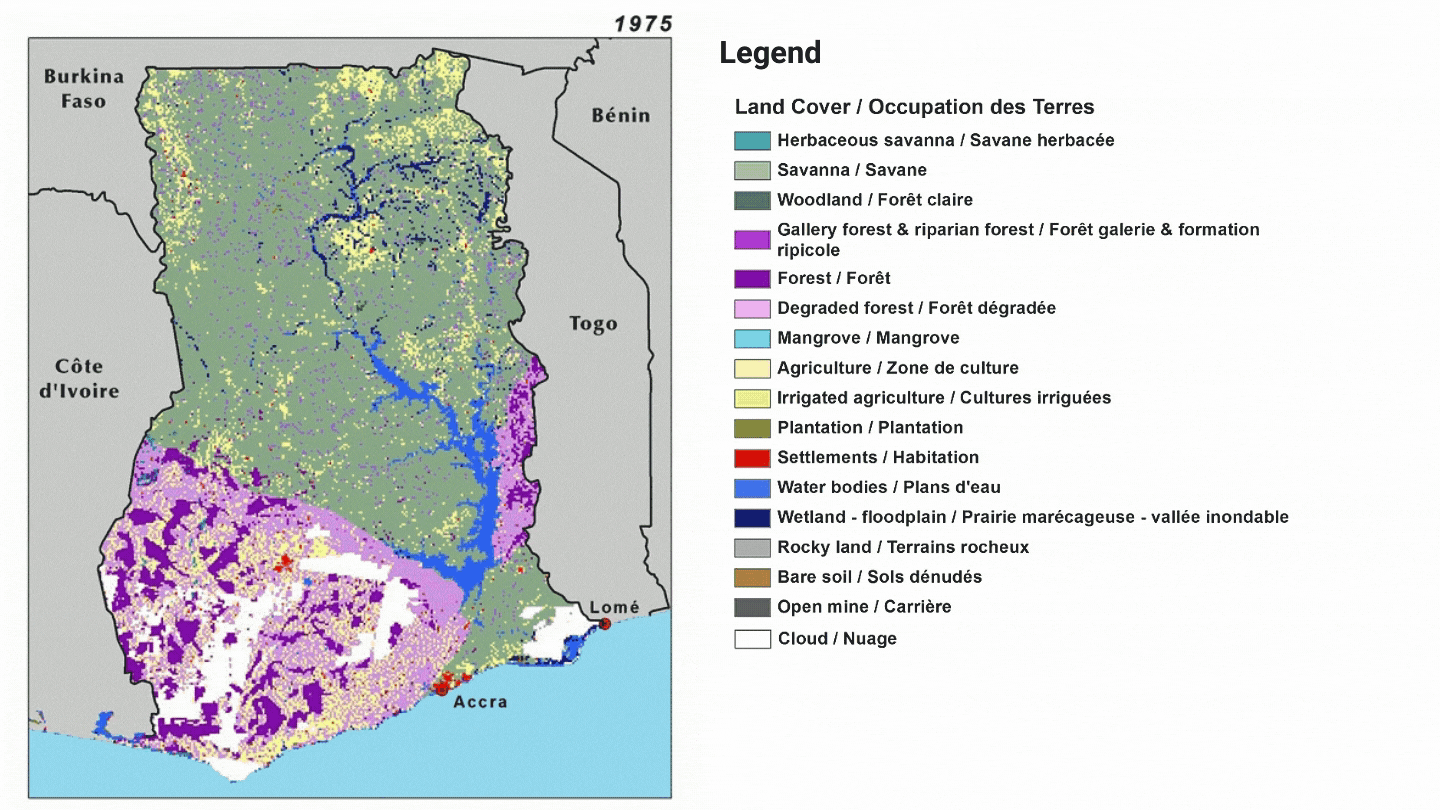Have you ever wondered how many homes does the British royal family have? If you’ve been watching The Crown on Netflix as ardently as I have or just following the chatter about the growing transatlantic tensions between the Buckingham Palace and the Sussexes, you’re bound to be curious about everything royal! I know I am.
So, here’s what we know about the insanely stunning palaces, castles, and houses owned by the royal family in the United Kingdom… The royal family residences cover all four corners of the UK, as you will see in the handy map created by Quid Corner below.
While Buckingham Palace remains the Queen’s official residence, most of her time in the last few years has been spent at either Windsor Castle or other holiday homes like Balmoral Castle and Sandringham House.

Of the 20 properties that you see on the map above, eight are reserved exclusively for Queen Elizabeth II and Prince Philip. The other roomy castles, manors, and cottages are home to the monarch’s children and grandchildren, though many of them have purchased their own private properties too.
So, who hangs their hats where? See the illustration below to understand the ownership details of royal residences…

In case you’re wondering what happened to Frogmore House after Prince Harry and Meghan moved to Canada in March 2020, you should know that the property was lent out to Princess Eugenie and Jack Brooksbank rent-free in November. Prince Harry and Meghan continue to be financially responsible for the upkeep of the property though.
Here are some fun facts about the royal family residences owned by the Queen and Prince Philip…
Buckingham Palace: The palace is both a residence and official administrative seat of the monarch of the United Kingdom. Prince Charles and Prince Andrew were born here.
Balmoral Castle: Serving as the Queen’s summer holiday home, this granite castle is built on a 50,000-acre estate. Prince Albert bought the property for Queen Victoria in 1852.
Craigowan Lodge: Prince Charles and Princess Diana once favored this seven-bedroom stone house. Today, it is mainly used to host visiting dignitaries.
Hillsborough Castle: The Secretary of State for Northern Ireland resides here, and the royal family stays here while in Northern Ireland.
The Palace of Holyroodhouse: It is the main site of ‘Holyrood Week,’ the Queen’s annual celebration of Scottish achievement and community.
Sandringham House: The Queen inherited private ownership of Sandringham from her father, King George VI, in 1952, and passed on the responsibility for its upkeep to her husband, the Duke of Edinburgh.
Windsor Castle: The largest and longest-occupied castle in Europe, Windsor has been home to 39 monarchs!
Did you like this post? Read more and subscribe to our monthly newsletter!











